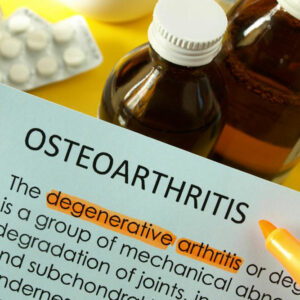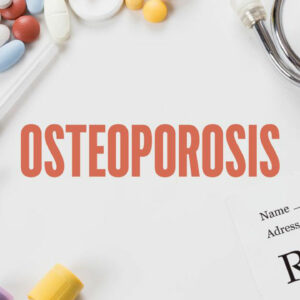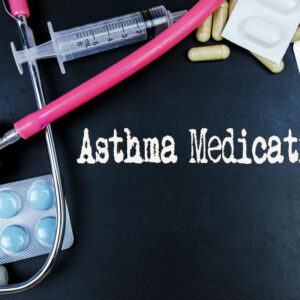
01
4 Natural Methods to Support Breast Cancer Treatment
Breast cancer is a condition that develops in the breast cells. Changes that are known as mutations cause a division of the cancer cells that begin to multiply in an uncontrolled manner. Typically, the cells begin to grow in the ducts and lobules of the breast while spreading to the fatty tissues and connective tissues. Treatment of breast cancer solely depends upon the stage of cancer or the growth of the tumor. The most common forms of treatment employed include surgery, chemotherapy, hormone therapy, and targeted therapy. Apart from medical treatment methods, one can explore some natural methods and therapies that have great supporting effects. Holistic therapies Holistic therapies are widely revered for their great effects in promoting a sense of peace and bringing about a desirable balance in an individual’s state of mind. Not only does it reduce the level of stress but it also aids the patient in feeling more relaxed. While this therapy does not have a direct effect on the control or treatment of breast cancer, holistic therapies are widely reported to bring a positive change in the mental health and the reduction of anxiety among patients. Some of the most popular forms of therapy include aromatherapy, journaling, art therapy, music therapy, dance therapy, and meditation among several others. These holistic therapies can be used in combination or singularly depending on likes and comfort. Special diet A healthy diet can have several desirable effects on the body. While a specially formulated diet does not aid in the cure of cancer or other diseases, it can have several positive effects in the promotion of better overall health. Eating the right food will help in supporting the medical treatments employed for breast cancer and reduce the ill effect of certain treatments. One should consider adding more vitamins and foods rich in minerals as part of the diet plan.
Read More 










